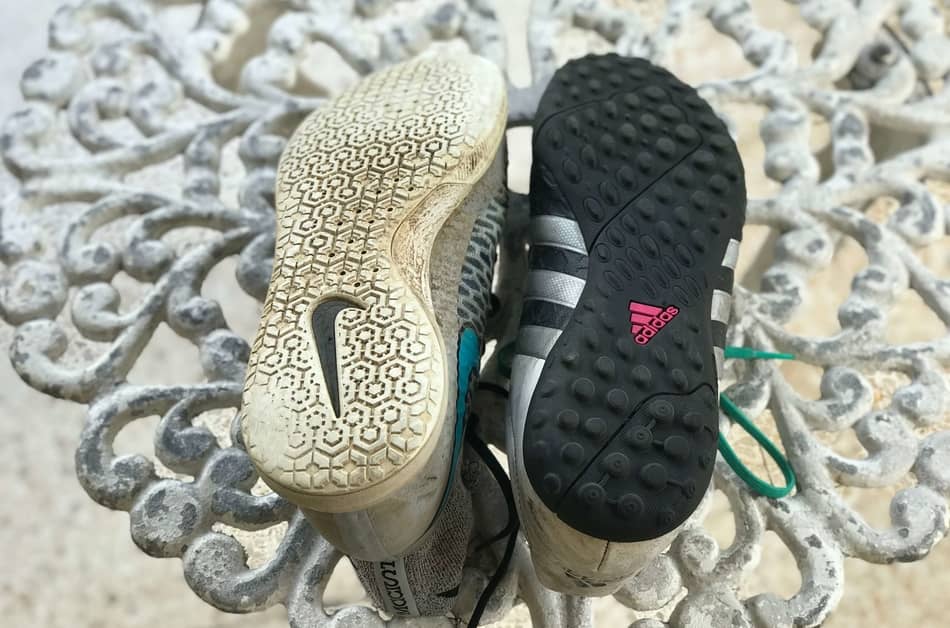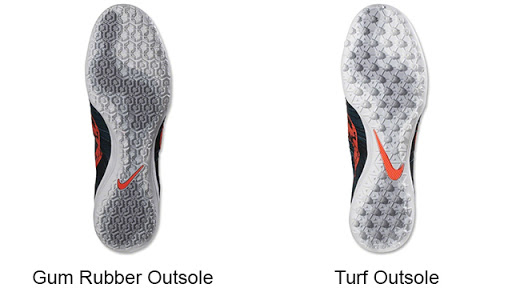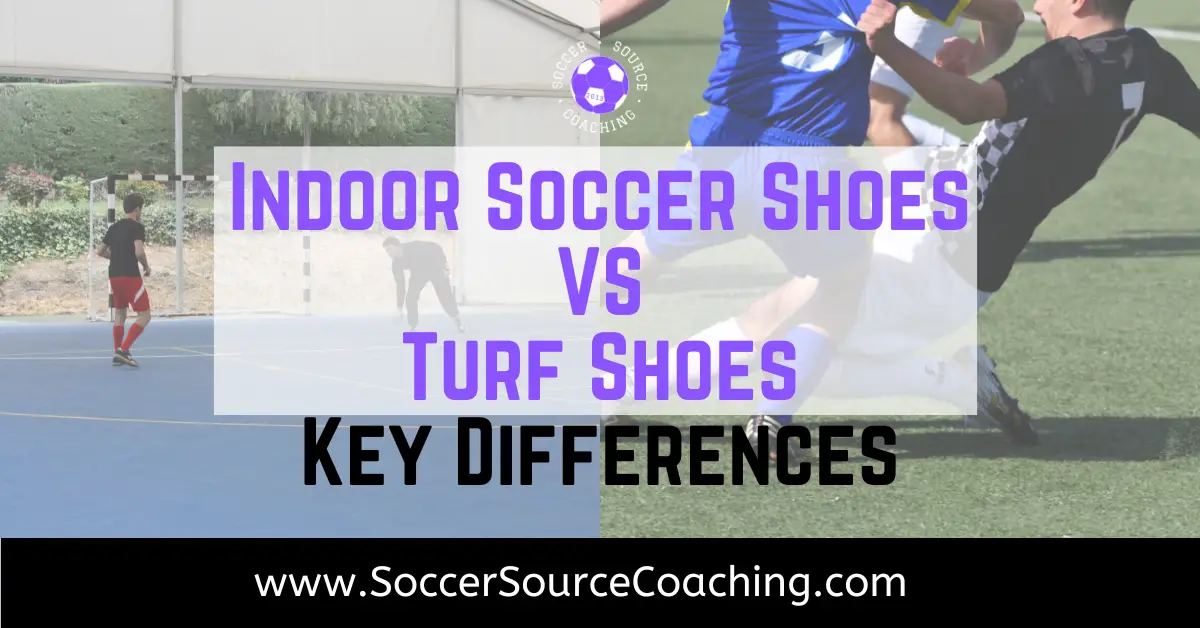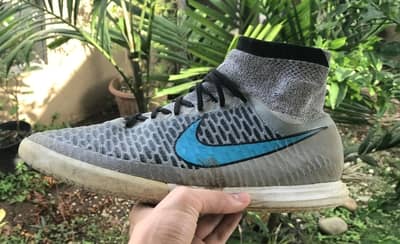Understanding Soccer Shoe Types
When it comes to playing soccer, the right footwear can greatly impact your performance on the field. Soccer shoes are specially designed to provide traction, comfort, and support tailored to different playing surfaces. In this comprehensive guide, we will explore the differences between turf and indoor soccer shoes, helping you make an informed decision for your playing needs.
What Are Turf Soccer Shoes?
Turf soccer shoes, also known as Artificial Ground (AG) shoes, are designed specifically for playing on synthetic turf pitches. These shoes feature short rubber studs or molded patterns that provide stability and grip on the oftentimes slippery turf surface.
Features of Turf Soccer Shoes
- Stud Configuration: Turf shoes typically have a flat outsole with multiple small studs that help with traction on artificial surfaces.
- Material: Most turf shoes are made from synthetic materials that offer durability and ease of cleaning.
- Cushioning: Many models include additional padding for comfort during prolonged play.
Pros and Cons of Turf Soccer Shoes
| Pros | Cons |
|---|---|
| Excellent grip on synthetic surfaces | Not suitable for natural grass |
| Lightweight and comfortable | Less cushioning compared to indoor shoes |
| Versatile for various turf conditions | Can wear down if used on hard surfaces |
What Are Indoor Soccer Shoes?
Indoor soccer shoes are designed for use on smooth, hard indoor surfaces like gymnasiums or indoor soccer arenas. They differ significantly from turf shoes in terms of design and functionalities.
Features of Indoor Soccer Shoes
- Sole Material: Indoor shoes typically feature a non-marking rubber outsole for traction without damaging the playing surface.
- Lightweight Design: These shoes are designed to be lightweight and flexible to allow for quick movements and ball control.
- Cushioning: Indoor shoes often have more cushioning to absorb impact from hard floors.
Pros and Cons of Indoor Soccer Shoes
| Pros | Cons |
|---|---|
| Great traction on indoor surfaces | Not suitable for outdoor play |
| Lightweight and flexible | Less durable on rough surfaces |
| Enhanced ball control | Can feel less supportive compared to turf shoes |

Turf vs Indoor Soccer Shoes: Key Differences
Choosing between turf and indoor soccer shoes comes down to understanding the key differences between them. Let’s break it down further.
Comparison Table: Turf vs Indoor Soccer Shoes
| Feature | Turf Shoes | Indoor Shoes |
|---|---|---|
| Surface Type | Artificial turf | Indoor hard floors |
| Studs | Short rubber studs | Flat, non-marking sole |
| Cushioning | Moderate | High |
| Durability | Durable on turf | Less durable on outdoor surfaces |
| Weight | Light | Very light |
Choosing the Right Soccer Shoe for Your Needs
When deciding between turf and indoor soccer shoes, consider the following factors:
1. Playing Surface
Your primary playing surface should dictate your shoe choice. If you are playing mainly on turf fields, invest in a good pair of turf shoes. If you are primarily indoors, opt for indoor soccer shoes.
2. Style of Play
Think about how you play. For those who rely on speed and agility, indoor shoes may provide a better feel for the ball. On the other hand, players who make lots of quick cuts on turf may benefit from the stability offered by turf shoes.
3. Comfort and Fit
Comfort is essential in any sport. Ensure that whichever type you choose fits well. Always try shoes on, if possible, and look for a snug yet comfortable fit.
4. Price Range
Prices can vary widely. Indoor shoes can sometimes be less expensive, but high-quality turf shoes can last longer and provide better performance, potentially justifying the investment.
Tips for Maintaining Your Soccer Shoes
Proper care can extend the life of your soccer shoes, whether turf or indoor:
1. Clean After Use
Remove dirt and debris after every game. Use a damp cloth for turf shoes and a brush for indoor shoes.
2. Store Properly
Store your shoes in a cool, dry place away from direct sunlight to prevent damage.
3. Rotate Shoes
If you play regularly, consider rotating between two pairs of shoes. This can help reduce wear and tear.

Local Soccer Culture and Experiences
In the United States, soccer culture has been growing rapidly. Cities like Seattle and Los Angeles have vibrant youth and adult leagues, often played on both turf and indoor fields. Local teams frequently participate in tournaments where the choice of footwear can influence game outcomes. Many players gravitate toward turf shoes for outdoor leagues but prefer indoor shoes when they head to facilities like the U.S. Soccer Federation sanctioned events.
Frequently Asked Questions
1. Can I use indoor soccer shoes on turf?
No, indoor soccer shoes are not designed for the rougher surfaces of turf and could wear down quickly leading to less traction and support.

2. Are turf shoes suitable for grass fields?
While turf shoes can be used on grass fields, they are not ideal and may not provide the best traction or performance.
3. How do I know my shoe size for soccer shoes?
Sizes may vary across brands. It is best to try on shoes or consult the brand’s size chart before purchasing.

4. What’s the average lifespan of soccer shoes?
With proper care, soccer shoes can last anywhere from 6 to 12 months, depending on usage and playing conditions.
5. Where can I buy quality turf and indoor soccer shoes?
Look for specialized sports stores or reputable online retailers that offer a variety of brands and options tailored to your needs.
